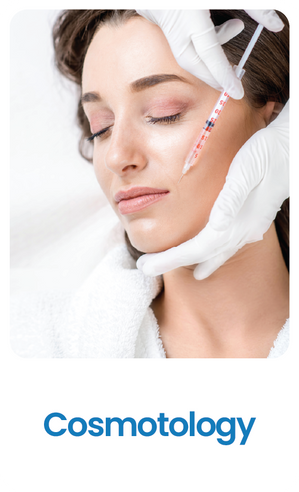Vitiligo
Vitiligo
Vitiligo is a long-term skin condition characterized by the loss of skin pigmentation. It occurs when melanocytes—the cells responsible for producing melanin (the pigment that gives color to the skin, hair, and eyes) are destroyed or stop functioning. Vitiligo affects both men and women equally and can appear at any age, although it's often noticeable before the age of 30.
However, children, teenagers, and adults in their 30s and 40s may also experience the onset of vitiligo. While the exact cause is not fully understood, vitiligo is often linked to autoimmune, genetic, or environmental factors.

Vitiligo Surgery in Bangalore

Factors Causing Vitiligo
Several factors may contribute to the development or progression of vitiligo:
-
Autoimmune diseases (e.g., thyroid disorders)
-
Genetic predisposition
-
Family history of vitiligo
-
Stress or trauma to the skin (e.g., cuts, sunburns)
-
Exposure to certain chemicals
-
Oxidative stress and inflammation
Typical Vitiligo Symptoms
Vitiligo is primarily characterized by depigmented or white patches on the skin. Symptoms may vary from person to person, but common signs include:
-
Loss of skin color in patches
-
Premature graying of hair on scalp, eyelashes, eyebrows, or beard
-
Color loss inside the mouth and nose (mucous membranes)
-
Change in color of the retina (inner layer of the eye)
-
Symmetrical or segmental pattern of white patches
If you notice any signs of depigmentation, it's important to consult a dermatologist for a thorough evaluation.

Diagnosing Vitiligo
Diagnosis of vitiligo is typically based on medical history, clinical examination, and sometimes laboratory tests. Your doctor will evaluate :
-
Family history of vitiligo or autoimmune diseases
-
Onset and progression of symptoms
-
History of sunburns, skin injuries, or stress
-
Use of any topical or systemic medications
-
Blood tests to check thyroid function or autoimmune markers (if required)
-
Wood’s lamp examination (UV light test to highlight depigmented areas)
Vitiligo Treatment Procedures

Excimer Laser Treatment :
Excimer laser delivers a concentrated beam of UVB light to smaller depigmented areas. It’s a targeted approach that avoids exposing unaffected skin to light.
Depigmentation Therapy :
For widespread vitiligo, depigmentation of the remaining pigmented skin can help create a uniform appearance. This is a permanent solution and should be considered carefully.
Micropigmentation (Medical Tattooing) :
Tattooing small areas with pigment close to the original skin tone can improve appearance, especially for lips or hands.
Treatment for vitiligo is customized depending on the severity, location of patches, and rate of progression. Here are several options offered at SurgiDerma Cosmetic and Plastic Surgery Center:
Topical Corticosteroids or Calcineurin Inhibitors :
These are prescribed in early stages to reduce inflammation and help repigment the skin. Calcineurin inhibitors like tacrolimus are particularly useful for sensitive areas like the face.
Phototherapy (Narrowband UVB Therapy) :
Phototherapy is one of the most effective treatments for vitiligo. It involves controlled exposure to UVB light, which stimulates melanocyte activity. Multiple sessions over weeks or months may be needed.

Preparing for Vitiligo Treatment
Vitiligo treatment is highly personalized. Consulting a skilled dermatologist helps ensure the right therapy is chosen based on your condition. Your doctor will:
-
Analyze your skin type, patch distribution, and progression
-
Review any underlying health conditions or medications
-
Recommend pre-treatment care (like sun protection)
-
Discuss post-treatment follow-up and long-term management
Vitiligo treatments are generally safe for adults over 18. However, pregnant or breastfeeding women may need to avoid certain therapies.






